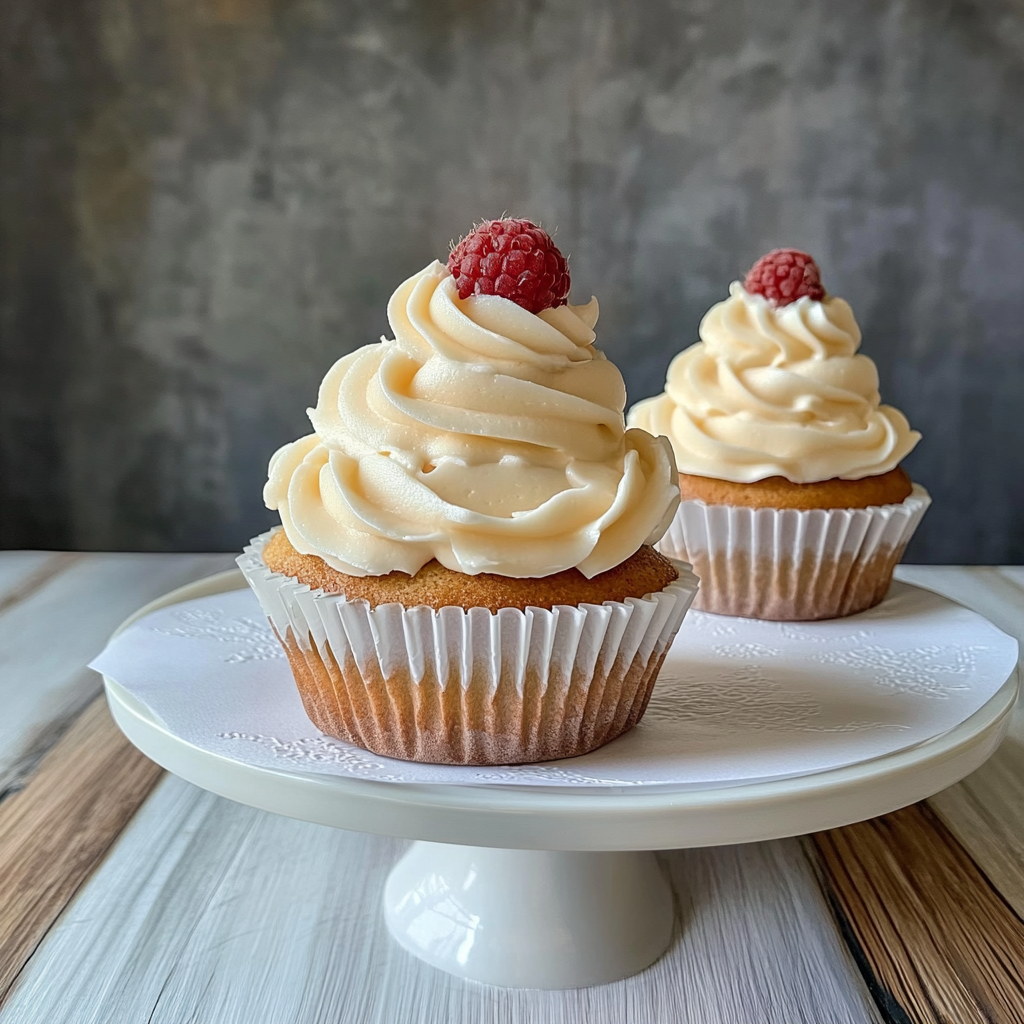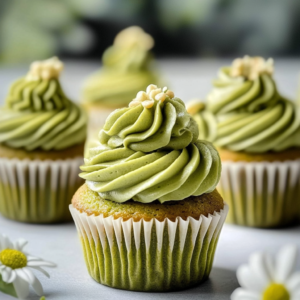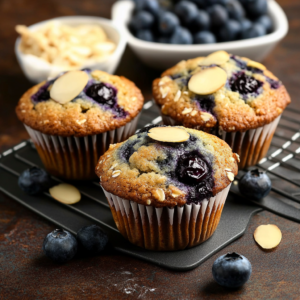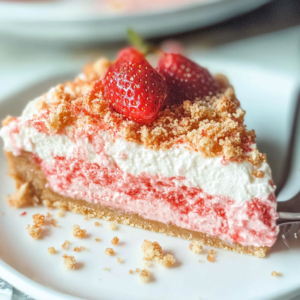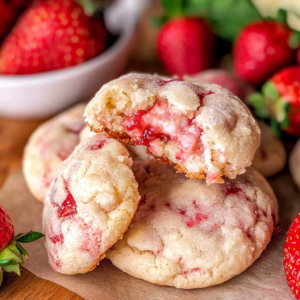Jump to:
Russian Buttercream: The Easiest Frosting Recipe
Russian Buttercream is an absolute game-changer for anyone who loves to create beautiful, delicious desserts. With just a few simple ingredients, you can whip up a frosting that’s not only incredibly tasty but also wonderfully smooth. The secret? Sweetened condensed milk. This integral ingredient gives the buttercream its unique texture and flavor, setting it apart from other frosting types. Whether you’re a beginner baker or a seasoned pastry chef, our comprehensive guide will walk you through everything you need to know about making the perfect authentic Russian buttercream recipe. Stick with us as we explore its history, versatility, and tips to ensure your frosting turns out flawlessly every time.
Why This Authentic Russian Buttercream Recipe Works
Unique Flavors of Russian Buttercream
Russian Buttercream stands out in the world of frostings due to its unique flavor profile. Unlike overly sweet American buttercream, which can often be cloying, Russian buttercream balances richness with subtle sweetness. The use of sweetened condensed milk infuses the mix with a depth of flavor that’s hard to match. This distinctive taste is not only delightful on its own but also serves as the perfect canvas for adding a variety of flavor extracts and add-ins. Whether you’re aiming for a classic vanilla or a rich chocolate frosting, this buttercream adapts beautifully, maintaining its luxurious, silky texture.
Versatility of This Recipe
One of the most appealing aspects of Russian Buttercream is its incredible versatility. It can be easily adapted to suit numerous dessert styles, from topping cupcakes to filling layer cakes or even frosting elaborate wedding cakes. It pairs well with virtually any cake flavor, enhancing rather than overshadowing the main dessert. Additionally, this frosting can be colored beautifully, making it ideal for decorative purposes without the fear of it becoming too runny or separating. The light and fluffy texture holds its shape well, which is perfect for piping elegant designs or for a more rustic, textured finish.
Why You'll Love This Recipe
- It uses only four simple ingredients that are easy to find.
- The smooth and creamy texture is a dream to work with.
- It provides a perfect balance of sweetness, without being overly sugary.
- This recipe offers great versatility for various desserts and flavor adaptations.
- No complicated steps or special techniques are required.
- It’s a reliable recipe, ensuring consistently great results every time.
Simple Ingredients, Incredible Taste
Simplicity is at the heart of what makes Russian buttercream so appealing. With only four core ingredients needed—unsalted butter, sweetened condensed milk, vanilla extract, and a pinch of salt—the preparation process is both quick and straightforward. Despite the minimal ingredient list, the resulting taste is nothing short of incredible. The condensed milk not only provides sweetness but also helps achieve the iconic creamy consistency that makes this buttercream the perfect choice for any dessert.
Perfect for Different Desserts
The versatility of Russian buttercream means it lends itself well to a range of desserts, making it a universally appealing choice. From topping classic vanilla cupcakes to acting as a filling between layers of a rich chocolate cake, this frosting complements all types of baked goods. Additionally, it holds up beautifully under fondant, making it an excellent option for wedding cakes and other special occasion desserts. Its properties allow it to adapt to room temperature without melting quickly, ensuring your decorated cakes maintain their integrity and beauty throughout your event.

Ingredients for this Authentic Russian Buttercream
Ingredients List
Primary Ingredients
- 2 cups (4 sticks) unsalted butter, at room temperature
- 1 can (14 ounces) sweetened condensed milk
- 1 tablespoon vanilla extract
- Pinch of salt
Optional Add-ins
- 1/2 cup cocoa powder for chocolate flavor
- Food coloring for decorative purposes
- A teaspoon of your favorite flavors like almond, coconut, or fruit extracts
Required Tools
Essential Kitchen Tools
- Stand mixer or hand mixer with mixing bowl
- Spatula for scraping down sides
Optional Equipment for Best Results
- Piping bags and decorative tips for frosting
- Offset spatula for spreading
- Food thermometer to ensure even consistency
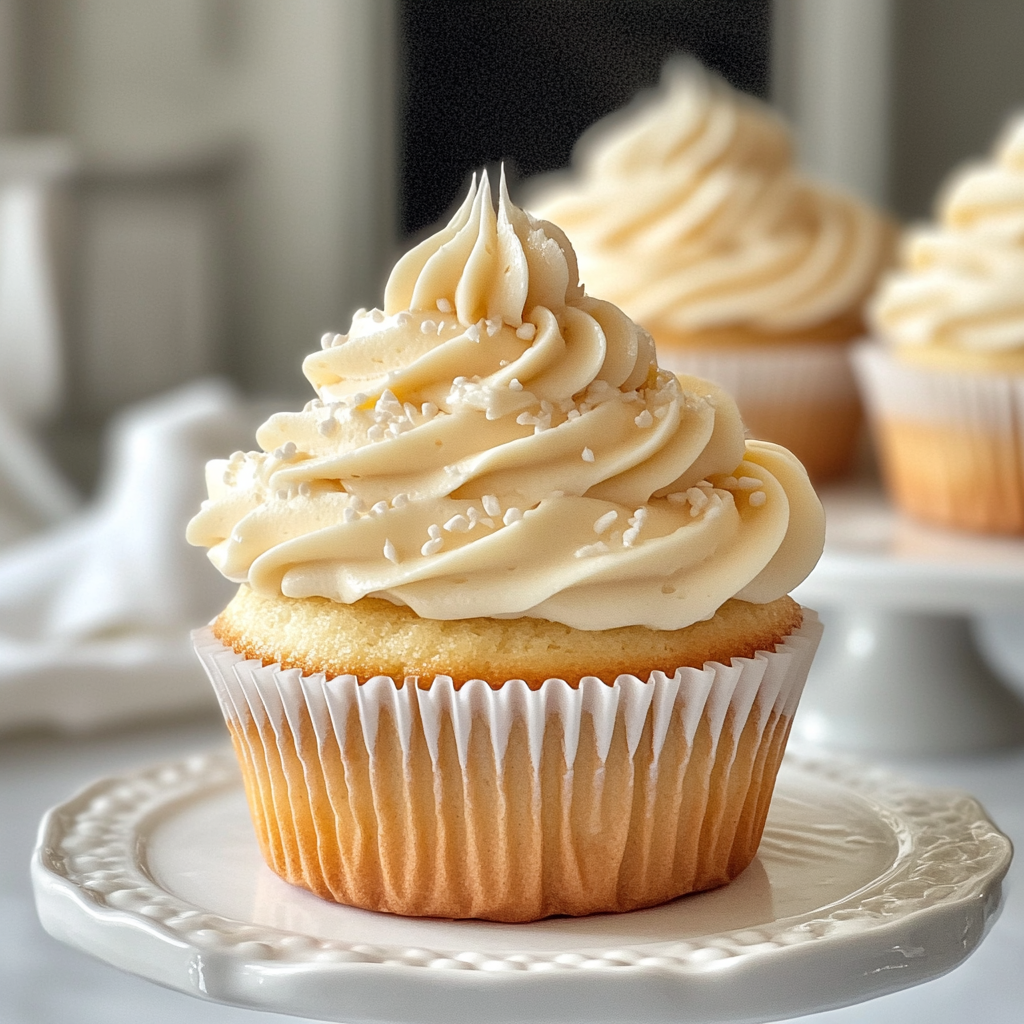
Step-by-Step Guide to Make Authentic Russian Buttercream
Preparation Steps
Preparing the Ingredients
Start by ensuring all your ingredients are at the right temperature. The butter should be at room temperature to mix smoothly without remaining in solid clumps. Measure out your sweetened condensed milk, vanilla extract, and salt, placing them within arm’s reach. If you’re planning to add cocoa powder or any additional flavors, measure those as well. Organization at this stage simplifies the mixing process and helps avoid the risk of leaving out any ingredients.
Setting Up Your Workspace
Creating the perfect Russian Buttercream requires a little bit of preparation. Begin by clearing a space in your kitchen. Assemble all the necessary tools and ingredients to streamline your workflow. Clean your stand mixer bowl and attachments to remove any residues or odors that could impact the buttercream’s flavor. Having a clean and organized workspace encourages efficiency and precision in your cooking process.
Cooking Procedure
Mixing the Ingredients
Begin by placing the room temperature butter into your mixer bowl. Using the paddle attachment at medium speed, cream the butter until it becomes light and fluffy, approximately 2-3 minutes. Gradually add in the sweetened condensed milk while continuing to mix. It’s crucial to add the milk slowly to prevent the buttercream from separating. Once incorporated, add vanilla extract and salt, beating for another minute to blend all the flavors. If you’ve chosen to add cocoa powder or any other extracts, do so at this stage, making sure everything is thoroughly combined.
Final Steps in Cooking
By this point, your buttercream should be smooth and silky, ready to adorn your desserts. Taste the frosting to ensure it meets your flavor expectations. Make any adjustments as necessary, adding additional extracts or flavorings to suit your preferences. If coloring the frosting, separate it into different bowls and gently mix in the desired food coloring. Once you’re satisfied, use immediately for optimal freshness and texture.
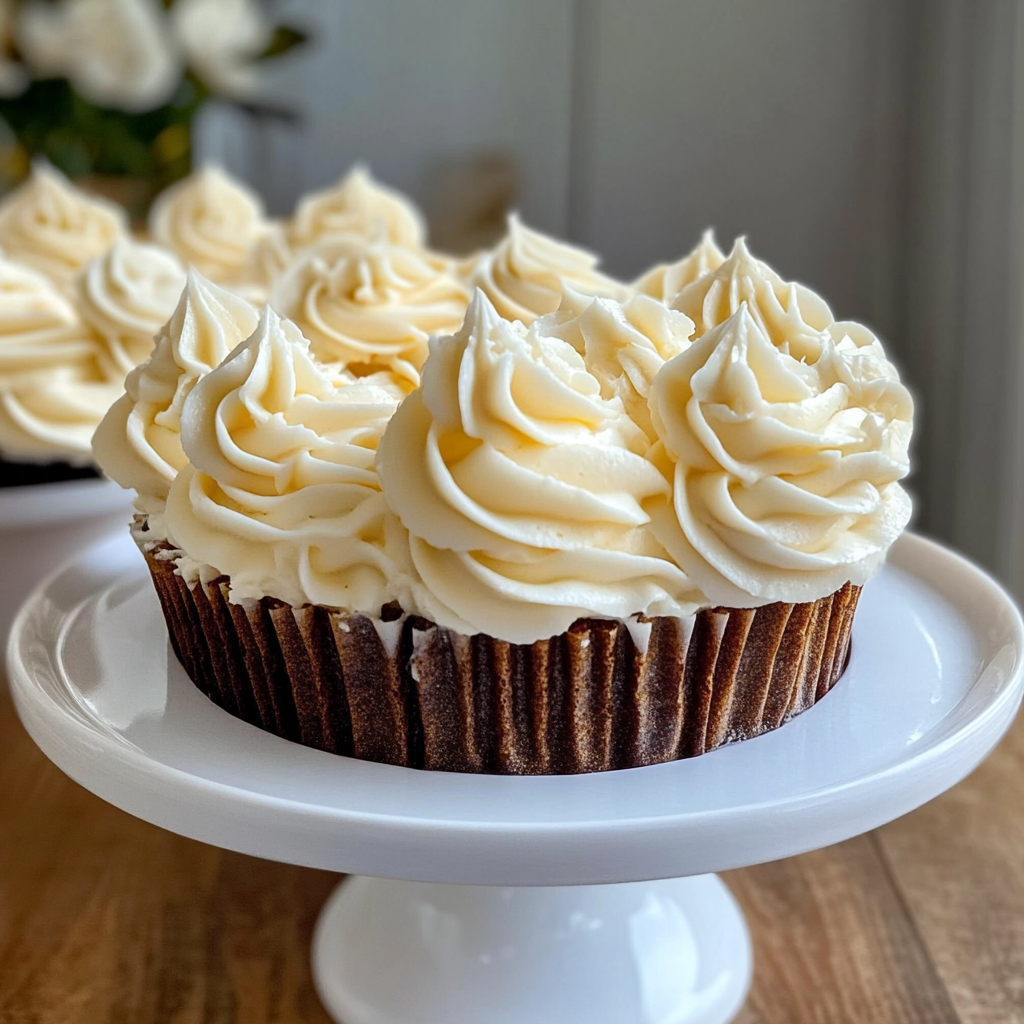
Serving and Storage Tips for Russian Buttercream
Best Practice for Serving
Russian Buttercream shines best when freshly made and used shortly after preparation. It is an ideal choice for filling and icing cakes, cupcakes, macarons, and a range of other pastries. The buttercream, when freshly made, spreads beautifully and holds its shape when piped. For best results, serve your desserts at room temperature. This ensures the buttercream maintains its creamy texture and imparts its full flavor profile.
How to Store Leftovers
If you find yourself with leftover buttercream, storage is straightforward. Place it in an airtight container and refrigerate for up to one week. When ready to use again, allow it to sit at room temperature to soften and return to its spreadable state. Gently re-whip with a hand or stand mixer before use. For longer storage, Russian Buttercream can be frozen for up to three months. When bringing it back from the freezer, thaw it in the refrigerator overnight before re-whipping.
Common Mistakes to Avoid When Making Russian Buttercream
Mistakes in Ingredient Selection
One common pitfall in making Russian Buttercream lies in ingredient selection, particularly with the butter. It is important to use high-quality unsalted butter, as the salt content can vary among brands and impact the final taste. Additionally, failure to let the butter reach room temperature before mixing can result in a lumpy texture. Another mistake is opting for low-fat versions of sweetened condensed milk, which can affect the buttercream’s consistency and sweetness.
Errors During Cooking Process
Another area where errors commonly occur is during the mixing process. Over-mixing the buttercream can lead to a greasy consistency, especially if the butter melts. Conversely, under-mixing can result in a grainy texture. It is vital to add the sweetened condensed milk slowly, allowing it to incorporate fully without curdling the butter. Lastly, not scraping down the sides of the mixing bowl can lead to uneven mixing, with pockets of butter remaining unincorporated.
Chef's Helpful Tips
- Allow your butter to sit at room temperature for at least 1 hour before starting for optimal softness.
- Use a stand mixer over a hand mixer for a more consistent texture and less physical effort.
- When adding sweetened condensed milk, do it in small increments to avoid curdling.
- If your buttercream is too soft for piping, refrigerate for 15-20 minutes to firm up.
- Always taste and adjust flavors at the end to ensure you’re happy with the result.
Ingredient Substitution Tips
Substitution is key if certain ingredients are not available. For a dairy-free version, swap butter with plant-based margarines or vegan spreads, and use a homemade condensed coconut milk for the depth and sweetness. Although some may try to use regular milk to create a homemade condensed version, the results may not yield the same consistency or flavor. Additionally, while vanilla extract is a staple, it can be swapped for other preferred flavor profiles like almond or coffee extracts for a delightful twist.
Efficient Cooking Techniques
To streamline your frosting process, measure and prepare all ingredients beforehand, ensuring a smooth workflow without interruptions. Using a stand mixer allows for a more efficient creaming of butter and incorporation of ingredients compared to a hand mixer, though both can achieve stellar results. Always remember to scrape down the sides of your mixing bowl regularly to ensure all components are well blended, promoting a uniform texture throughout the buttercream.
You Must Know
- The origin of Russian buttercream actually links back to European influences.
- This recipe can also be adapted into savory flavors by avoiding sweet elements and including herbs.
- It’s a favorite among home bakers due to its forgiving and easily adjustable composition.
- Overheating the mixer bowl can cause the butter to melt, adversely affecting the quality of the frosting.
Historical Background of Russian Buttercream
The origins of Russian Buttercream are not as Russian as the name might suggest. Instead, it draws from a broader European tradition of using sweetened condensed milk—a staple in many households in colder climates where milk preservation was often challenging. The recipe evolved over time to incorporate easily available ingredients, making it a pragmatic choice across regions. As global culinary trends merged, this buttercream came to be cherished for its simplicity and depth, appealing to both its practical roots and its sumptuous finish.
Health Benefits and Nutritional Facts
While buttercream, like all frostings, should be enjoyed in moderation due to its sugar and fat content, using high-quality ingredients can offer some nutritional value. The butter provides fat-soluble vitamins such as A, D, and E. Sweetened condensed milk delivers calcium, and when whole food flavorings like cocoa or fruit purées are added, they boost the overall nutritional profile. Therefore, Russian buttercream can be considered a well-rounded treat that supports the occasional inclusion in a balanced diet when savored responsibly.
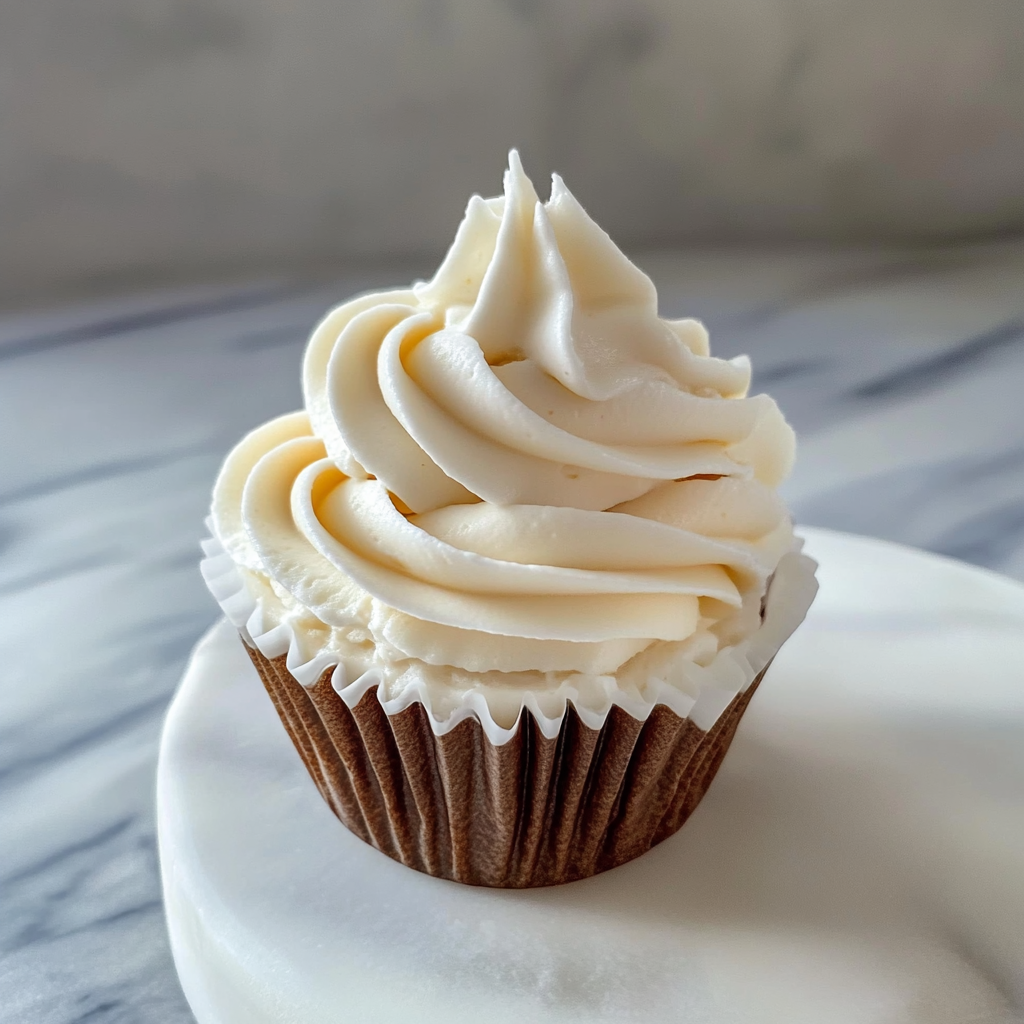
FAQs:
Graininess in buttercream often occurs when the butter hasn’t softened properly, or the ingredients were not mixed thoroughly. To prevent this, ensure your butter is at room temperature before starting. Additionally, incorporate the sweetened condensed milk slowly and beat thoroughly after each addition. Scraping down the sides of the mixing bowl regularly also helps integrate everything smoothly, achieving a consistently creamy texture.
Yes, Russian Buttercream can be made ahead of time. Once prepared, store it in an airtight container in the refrigerator for up to a week. Before using, allow it to reach room temperature and re-whip to restore its smooth consistency. If you plan to freeze it, remember it will need ample time to thaw in the refrigerator, ideally overnight, and still require re-whipping after thawing.
Absolutely. A vegan Russian Buttercream is achievable by replacing dairy butter with a plant-based alternative such as margarine or vegan butter. Similarly, use a homemade condensed coconut milk or a store-bought vegan condensed milk if available. These substitutions maintain the buttercream’s creamy texture while accommodating dairy-free dietary restrictions.
Should your buttercream turn out too thin, first check the room temperature—it’s possible the mixture is too warm. Place the bowl in the refrigerator for a few minutes, letting the butter cool and firm slightly. Once cooler, re-whip until it reaches the desired consistency. In cases where structural integrity is critical, such as for intricate piping work, adding a little more butter can also help stiffen the frosting.
Yes, adding food coloring to Russian Buttercream is straightforward and can yield beautifully vibrant results. Gel food colors are preferred as they require less quantity to achieve vivid tones without affecting the consistency. Always add a little at a time, mixing thoroughly between additions, until you reach the desired shade. Remember, colors tend to deepen slightly as the buttercream sits, so adjust accordingly.
Common Questions and Misconceptions
There are several common questions and misconceptions surrounding Russian Buttercream, mostly due to its unique ingredient list. Some might question the need for sweetened condensed milk over regular sugar or believe that it cannot hold up for intricate decorations—both myths are easily debunked through proper technique. The balance of sweetness is much more refined with condensed milk, and the buttercream holds wonderfully when correctly prepared.
Expert Answers to Your Queries
Professional bakers often field similar inquiries about the texture and stability of Russian Buttercream. Questions about consistency adjustments, flavor profiles, and adaptability frequently arise, and with good reason. Ensuring precise softening of butter and gradual integration of condensed milk addresses the majority of textural concerns. Moreover, the frosting’s foundation allows it to support a wide variety of flavor enhancements, making it suitable for endless customization.
Conclusion: Your Journey to Perfect Russian Buttercream
Recap of Key Points
Throughout this guide to authentic Russian buttercream, we’ve explored its attributes—from the simple ingredient list to its luxurious texture and rich flavor. Key takeaways include using room temperature butter, slowly incorporating sweetened condensed milk, and tasting to adjust the flavors to your liking. We’ve also delved into the origins, versatility, and how to troubleshoot common issues, ensuring you feel equipped to tackle this delightful frosting with confidence and skill.
Final Thoughts and Encouragement
Mastering the art of Russian Buttercream opens up a world of culinary possibilities, enhancing your desserts in both taste and presentation. This frosting is beloved not only for its simplicity but also for its ability to elevate the overall dessert experience. Whether you’re crafting a simple family cake or an intricate celebration pastry, Russian buttercream will be your steadfast partner, turning ordinary moments into extraordinary memories. As you embark on your journey to perfect this classic recipe, remember to enjoy each step, and don’t be afraid to experiment with flavors to make it your own. For more inspiration and techniques, you can visit Serious Eats, a trusted authority in all things culinary and check out if you our decadent caramel apple cheesecake, a sweet and tangy delight that you won’t regret at all . Happy baking!
More Easy Baking Recipes:
- Fluffy Almond Flour Blueberry Muffins for Healthy Mornings
- Irresistibly Rich Strawberry Brownies for Summer Delights
- Fluffy Japanese Soufflé Pancakes – Japanese Souffle Pancakes
- Apple Fritter Cinnamon Bread – Easy Homemade Recipe
Recommended
📖 Recipe Card

Russian Buttercream: The Easiest Frosting Recipe
- Total Time: 54 minute
- Yield: Frosting for 12 cupcakes
Description
Russian Buttercream offers a silky, smooth texture perfect for frosting your favorite cakes. With only four ingredients, this recipe is an ideal choice for both beginners and seasoned bakers.
Ingredients
- Unsalted butter
- Sweetened condensed milk
- Vanilla extract
- Salt
Instructions
- Beat the unsalted butter until creamy.
- Gradually add sweetened condensed milk and vanilla extract while mixing.
- Whip until smooth and spread on cooled cakes.
Notes
Ensure all ingredients are at room temperature. Use sweetened condensed milk for a unique flavor and texture nuance.
- Prep Time: 15 minutes
- Cook Time: None
- Category: Dessert
- Method: No-Bake
- Cuisine: Russian
Nutrition
- Serving Size: 1 tbsp
- Calories: 90
- Sugar: 7g
- Sodium: 40mg
- Fat: 6g
- Saturated Fat: 4g
- Unsaturated Fat: 2g
- Trans Fat: 0g
- Carbohydrates: 10g
- Fiber: 0g
- Protein: 0.5g
- Cholesterol: 15mg
Keywords: empty
